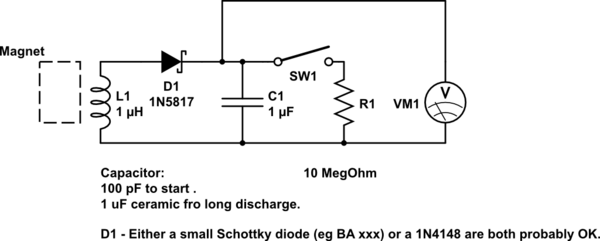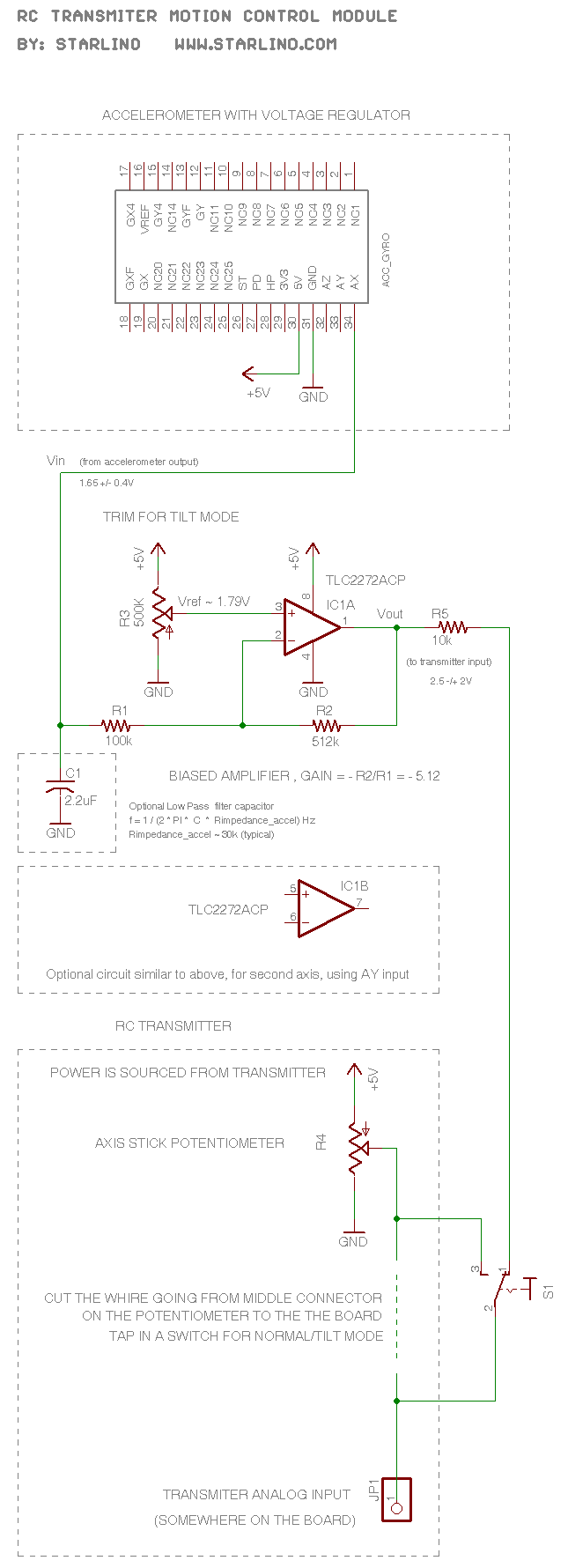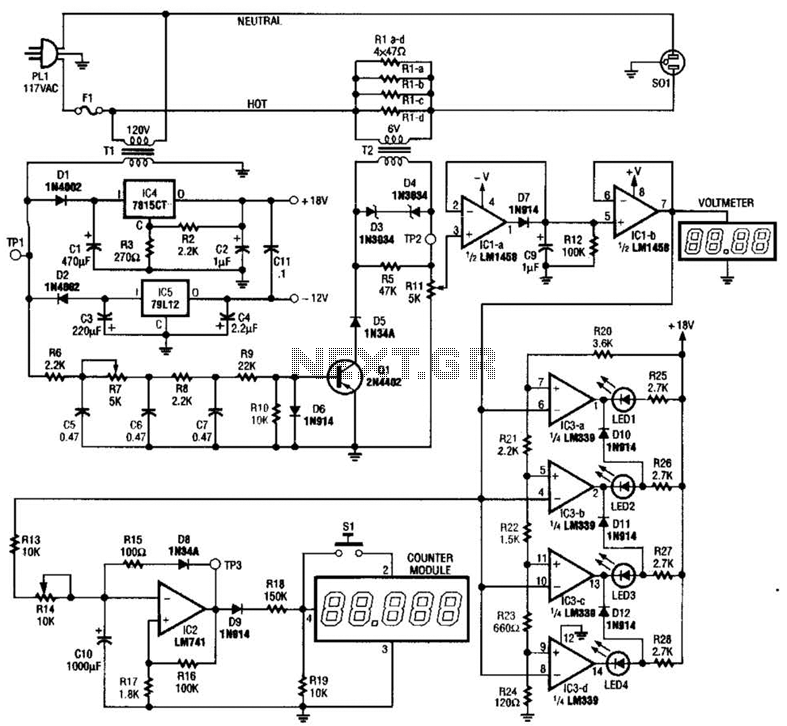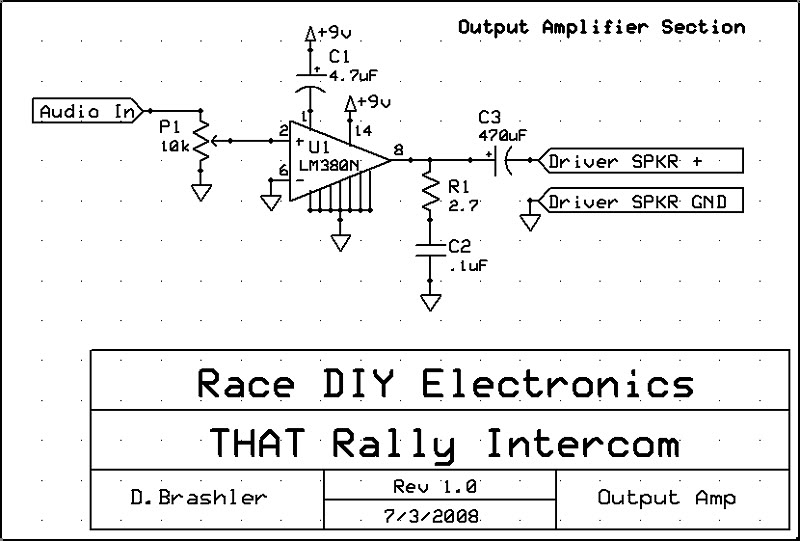
DIY kinetic energy harvester

A DIY kinetic energy harvester utilizing the electromagnetic method to generate electricity. The materials that will be used are currently known.
The project involves creating a kinetic energy harvester that converts mechanical energy from motion into electrical energy through electromagnetic induction. The fundamental principle is based on Faraday's law of electromagnetic induction, which states that a change in magnetic flux through a coil induces an electromotive force (EMF) in the coil.
To begin, a suitable framework for the harvester must be designed, which could include a pendulum or a vibrating mass mechanism. The choice of the mechanical system will depend on the specific application and the type of kinetic energy available, such as from walking, machinery vibrations, or environmental movements.
The core component of the electromagnetic method will be a coil of wire, typically made from copper due to its high conductivity. This coil will be positioned in close proximity to a magnet. As the pendulum or vibrating mass moves, it will cause the magnet to move relative to the coil, resulting in a change in magnetic flux and thus generating an electrical current.
The circuit design should include a rectifier to convert the generated AC voltage to DC, which can then be utilized for charging batteries or powering low-energy devices. A capacitor can be integrated into the circuit to smooth out the voltage output and store energy for use when the harvester is not generating power.
Additional components may include a voltage regulator to ensure a stable output voltage and a microcontroller for monitoring and controlling the energy harvesting process. Depending on the application, energy management systems can be implemented to optimize the efficiency of energy storage and usage.
In summary, the design of the DIY kinetic energy harvester will involve careful selection of materials and components to effectively capture kinetic energy and convert it into usable electrical energy through electromagnetic induction.A DIY kinetic energy harvester and wish to use the electromagnetic method to generate electricity. So far I know the following materials that I`m going to use: 🔗 External reference
The project involves creating a kinetic energy harvester that converts mechanical energy from motion into electrical energy through electromagnetic induction. The fundamental principle is based on Faraday's law of electromagnetic induction, which states that a change in magnetic flux through a coil induces an electromotive force (EMF) in the coil.
To begin, a suitable framework for the harvester must be designed, which could include a pendulum or a vibrating mass mechanism. The choice of the mechanical system will depend on the specific application and the type of kinetic energy available, such as from walking, machinery vibrations, or environmental movements.
The core component of the electromagnetic method will be a coil of wire, typically made from copper due to its high conductivity. This coil will be positioned in close proximity to a magnet. As the pendulum or vibrating mass moves, it will cause the magnet to move relative to the coil, resulting in a change in magnetic flux and thus generating an electrical current.
The circuit design should include a rectifier to convert the generated AC voltage to DC, which can then be utilized for charging batteries or powering low-energy devices. A capacitor can be integrated into the circuit to smooth out the voltage output and store energy for use when the harvester is not generating power.
Additional components may include a voltage regulator to ensure a stable output voltage and a microcontroller for monitoring and controlling the energy harvesting process. Depending on the application, energy management systems can be implemented to optimize the efficiency of energy storage and usage.
In summary, the design of the DIY kinetic energy harvester will involve careful selection of materials and components to effectively capture kinetic energy and convert it into usable electrical energy through electromagnetic induction.A DIY kinetic energy harvester and wish to use the electromagnetic method to generate electricity. So far I know the following materials that I`m going to use: 🔗 External reference


.jpg)


